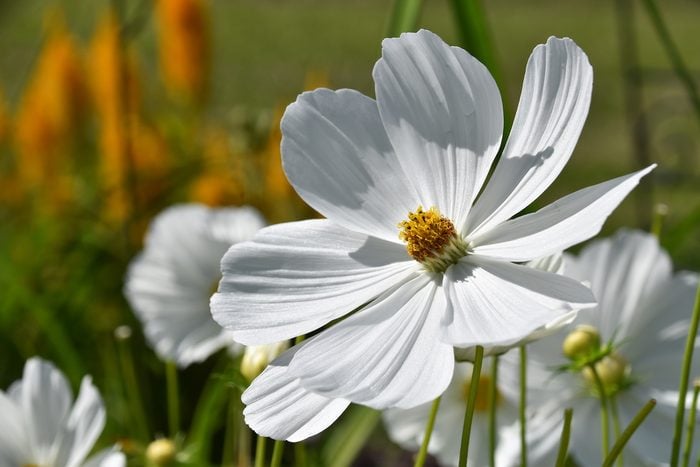
Pollinator Plants: Cosmos
Cosmos spp., Annual
Throughout the growing season, bees and butterflies can’t resist these colorful pinwheel-shaped blossoms with feathery foliage. Grow single or double cultivars of this easygoing bloomer in full sun, and you’ll have flowers and seeds for the birds from summer through late fall. These pollinator plants stand from 1 to 6 feet high, so no matter how large your space, there’s a type of cosmos that will fit right in.
Treat yourself with chocolate cosmos flowers.
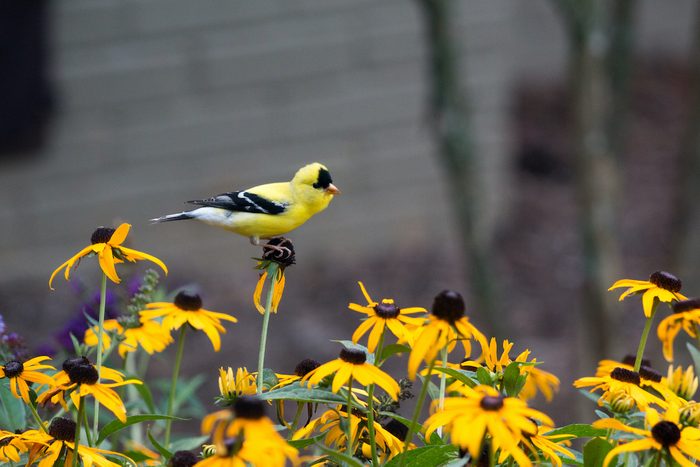
Black-eyed Susan
Rudbeckia spp., Zones 3 to 9
Lovely as a background planting or in a wildflower garden, black-eyed Susan also shines when grouped with other daisy-shaped flowers. The pretty plants for pollinators range from 1 to 6 feet in height, offering a big visual impact in any size yard. Butterflies appreciate the landing pad the blooms provide, bees flock to the bright yellow color, and birds love the late-fall seed heads.
Try these pretty flowers for a cutting garden.
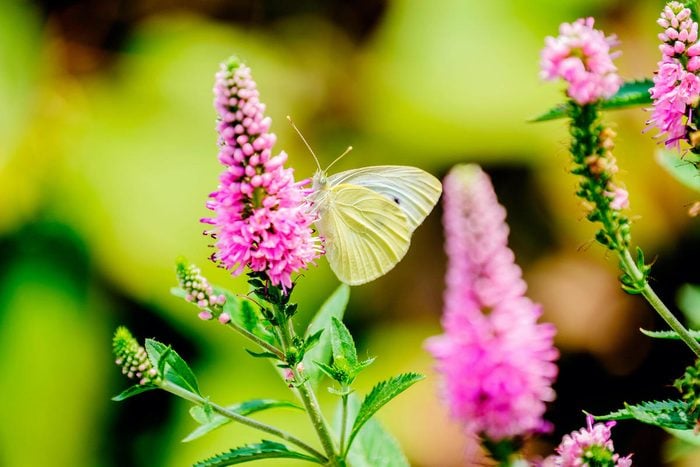
Agastache
Agastache spp., Zones 4 to 11
Bushy and studded with blooms from mid- to late summer, agastache is a favorite of hummingbirds, butterflies and bees. Flower spires in pink, orange, yellow, blue or violet reach 2 to 6 feet high. Agastache thrives in full sun and in well-draining, fertile soil.
Check out more of the best perennials to grow for hummingbirds.
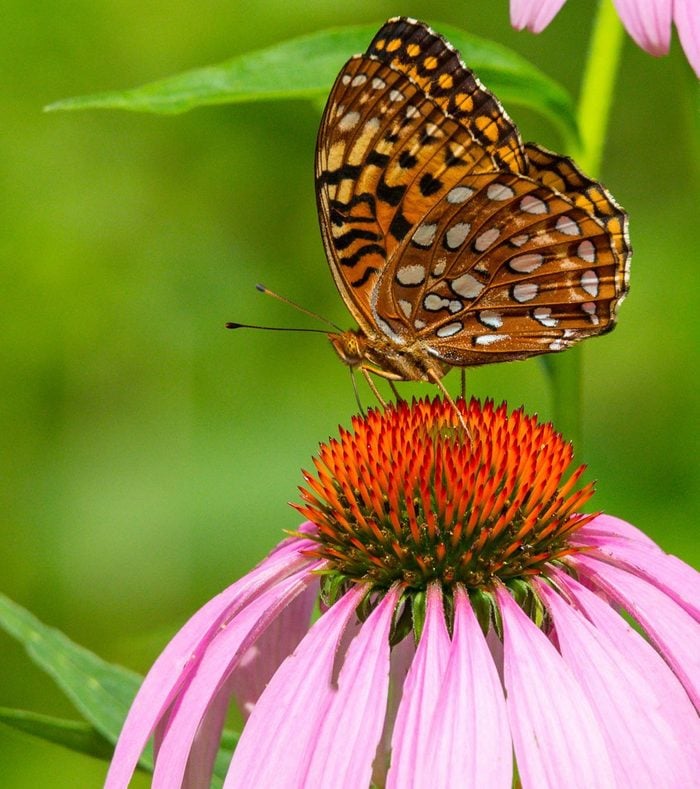
Coneflower
Echinacea spp., Zones 3 to 9
Birds, bees and butterflies, such as fritillaries, truly love this perennial! You’ll watch songbirds pause to nibble the seeds, and you’ll see butterflies and hummingbirds stop to sip the nectar into fall. In winter, the remaining seed heads are an interesting garden focal point.
Check out our complete guide to growing coneflowers.
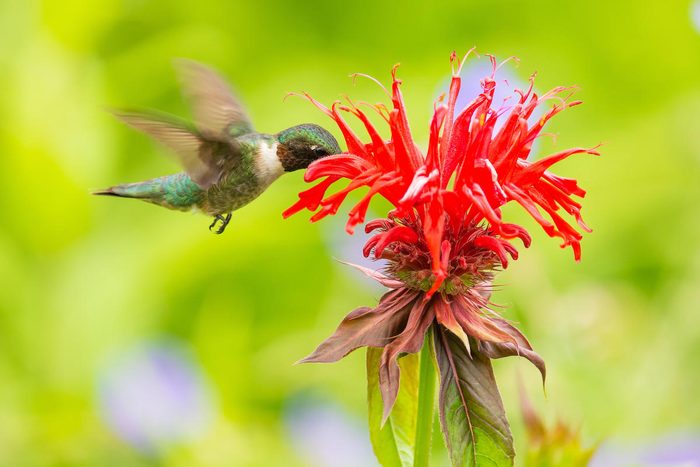
Bee Balm
Monarda spp., Zones 3 to 9
This unusual beauty grows up to 4 feet tall and starts flowering in midsummer, inviting hummingbirds, butterflies and bees to your flower bed. These pollinator plants come in hues of pink, red, white and purple; choose mildew resistant varieties for best results. Frequent deadheading keeps this enthusiastic self-sower in check, but then you won’t see songbirds stopping to eat the seeds once petals die back. The choice is yours!
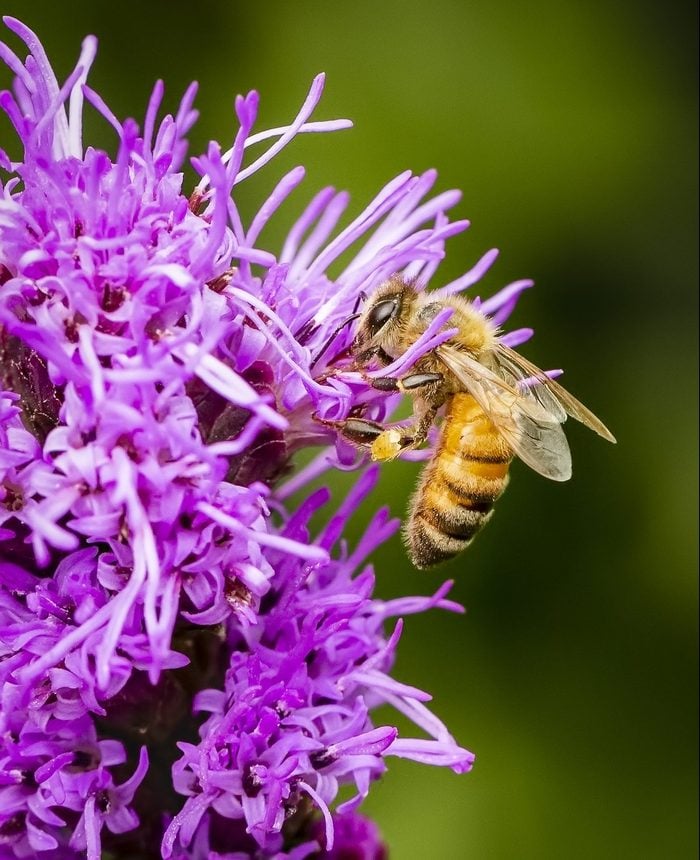
Blazing Star
Liatris spp., Zones 3 to 9
The nectar of this spiky plant is a butterfly favorite, especially when it comes to the silver-spotted skipper. After the flowers fade, birds favor the seeds, which are easy to pick out in the garden. Blazing star reaches up to 6 feet tall, but some types, like Kobold, are much shorter, measuring roughly 18 inches.
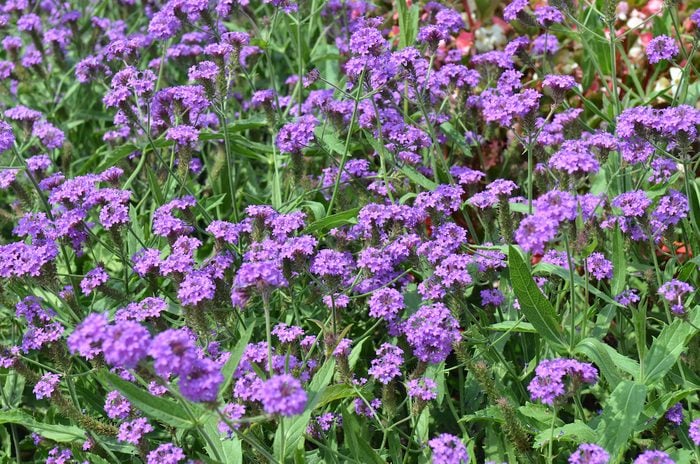
Verbena
Verbena x hybrida, Annual to Zone 9
Expect summer-long color from these attractive blooms. The plant’s stems spread out to about 18 inches. Keep the soil moist but well drained for optimal flowering. Verbena does well in containers, so use it to lure pollinators to small spaces.
Psst—find out how to help bees and pollinators in easy ways.
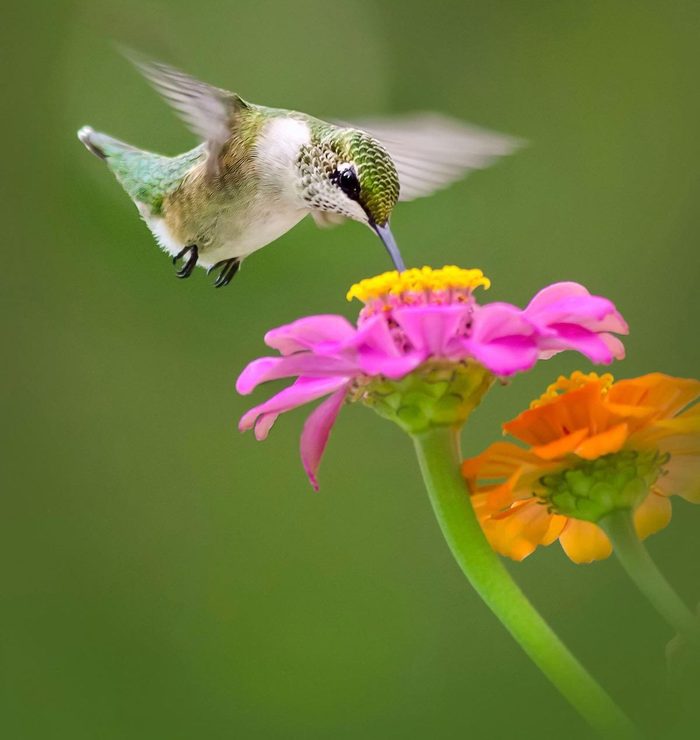
Zinnia
Zinnia spp., Annual
You probably know that zinnia is a butterfly and hummingbird garden go-to, but several varieties of sparrows, finches and juncos eat the seeds later in the year. The annual pollinator plants are bee-friendly, too, attracting honeybees, bumblebees and some solitary bees. It reaches up to 3 feet and blooms until the first frost.
Next, check out the best monarch butterfly flowers you should grow.
